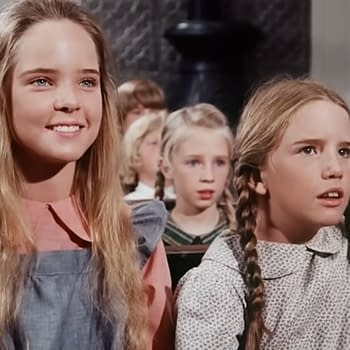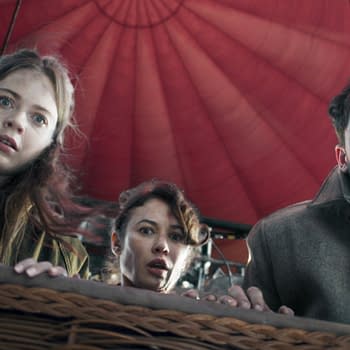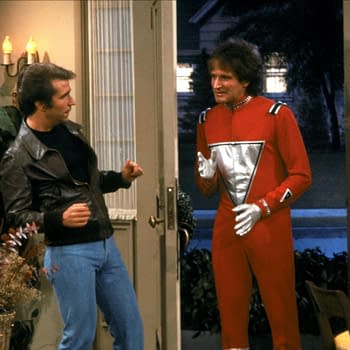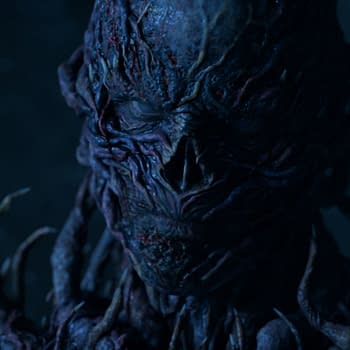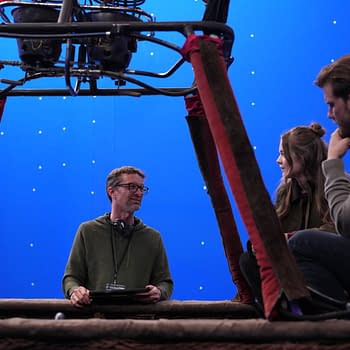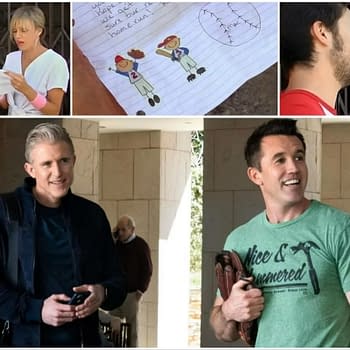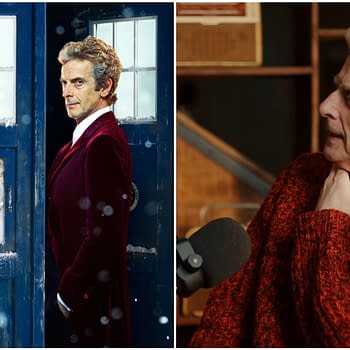Posted in: Apple, streaming, TV | Tagged: apple, interview, Matt LeFevour, Shining Girls, stunts
Shining Girls Stunt Coordinator on WWI Scene, Working TV/Film & More
There's no project too big or small for Matt LeFevour in his 30 years of stunt work in Hollywood. Getting his start in the 1992 classic The Babe, he's worked across film and television including Christopher Nolan's Dark Knight trilogy, DCEU, MCU, The Batman, Jurassic World, Prison Break, The CW's Batwoman, Dick Wolf's Chicago franchise TV shows, and others. LeFevour spoke with Bleeding Cool about his latest project in the AppleTV+ sci-fi action thriller series Shining Girls breaking down one of the series' most memorable sequences in the World War I battle in the episode "Bright" and differences between working TV and film schedules. The series follows Kirby Mazrachi (Elisabeth Moss), who learned that a recent murder is linked to her assault and complicating matters is that she's in a constantly shifting reality so she has to team with a veteran reporter to understand her ever-changing present and confront her past.
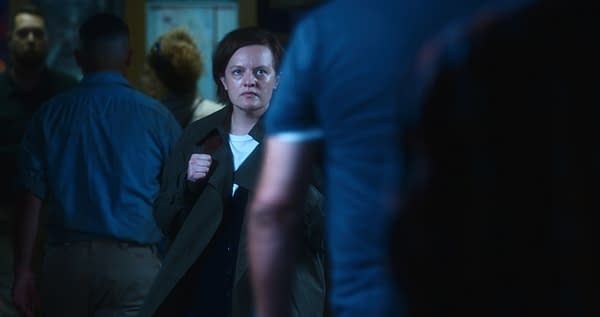
Bleeding Cool: What was the process and planning for the stuntwork in "Shining Girls"?
Matt LeFevour: We got the scripts, broke them down and talked about the general idea, tone, and the feel for the scene. Fortunately on 'Shining Girls,' all of the directors I worked with allowed me to do previsualizations, which means we did a stunt rehearsal, and then we shot and cut it together based on my conversations with the director and some of the action that they wanted featured.
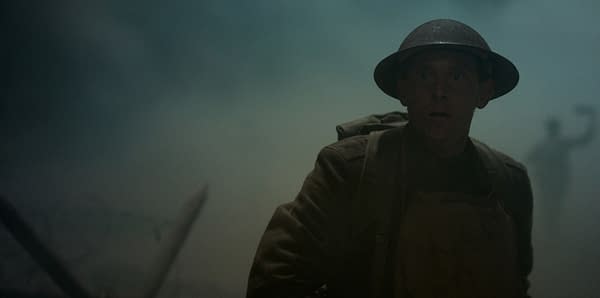
BC: What went into planning the WWI sequence?
LeFevour: Originally, we were going to have a tank, flamethrowers, and trenches. It was going to be shot very theatrically, but unfortunately, due to time and budget constraints, we had to make it look awesome in one full day of shooting. It was like a 16-hour day, but it was done in one day. That started with Daina [Reid], the director, and I, breaking down the action and what the flow of it was. Then one of the big recommendations I made was shooting it all in one direction so that we could travel the length of our area we had while staging all these different stuntmen getting shot or blown up. Then it had to coincide with a turn back for the actor beats which we covered and then for when the shell hits and everybody gets blown up, we had to bring in two full 50-foot cranes, suspend high lines, tack, and everything else to set up the rig. That shot had to be framed where we could shoot and see all the action, but also not see the cranes.

BC: Was it more difficult because it's a TV show to kind of get the sequences given the more budget constraints and the smaller time window to get through with that within a season compared to a film?
LeFevour: In some aspects for sure, there's not as much prep time. The schedule [on TV] fluctuates way more, whereas with film you get a lot of prep and it usually stays pretty linear in terms of the shooting schedule and what to expect. You definitely have to be more resourceful with the shows. The challenges are much greater in terms of shooting schedules and budgets can constrain at times, too. Luckily on a show like 'Shining Girls,' we were given rehearsal days. Previzes are what enables us to do the big stunts like the World War I scene, the car hit, or even the whole cat-and-mouse between Harper [Jamie Bell] and Kirby. Having a plan and being able to test it and with your director and DP elevate those scenes by showing really cool ways to sequence and shoot some of that action.
BC: So does the advent of CGI make it easier or does it complicate certain things further? How do you reconcile the practical aspects versus what could be done in post-production?
LeFevour: There's two completely different elements. You still can't really trick the human eye in terms of certain animations with humans, just because you're trained to see human mechanics your whole life. In a superhero sense, that's awesome because you're already believing that they're magic. So in that aspect, I don't think it'll ever infringe on it because people still want to see the punch, the hit, the reaction, and the real elements of human physics. On the flip side, something that I'm a huge advocate of and I'm glad it's almost 100% there is what we do with the previz and some basic editing software, whether it's Adobe or Final Cut, you can add things like muzzle blasts without having the risk of actually firing blanks and stuff. So that element is very welcomed and I think can be done easily and very realistically.
BC: You've been at this for over 20 years so what would you say is the biggest innovation in tech that helps make your job easier in the stunt world?
LeFevour: That's kind of funny. I love that question. In my opinion, it's open-ended because every time something becomes easier or better, like going from cables to tech line, the game gets upped also. It's like, 'Cool, we're going to do this with the Descender in this, and then we're going to have a huge traveler that you can augment, manipulate with taglines like for some of the high-level Marvel and DC stuff that some of these coordinators and rigging teams are doing. Every time it gets better, it just gets upped.
Season one of Shining Girls is available on AppleTV+.






